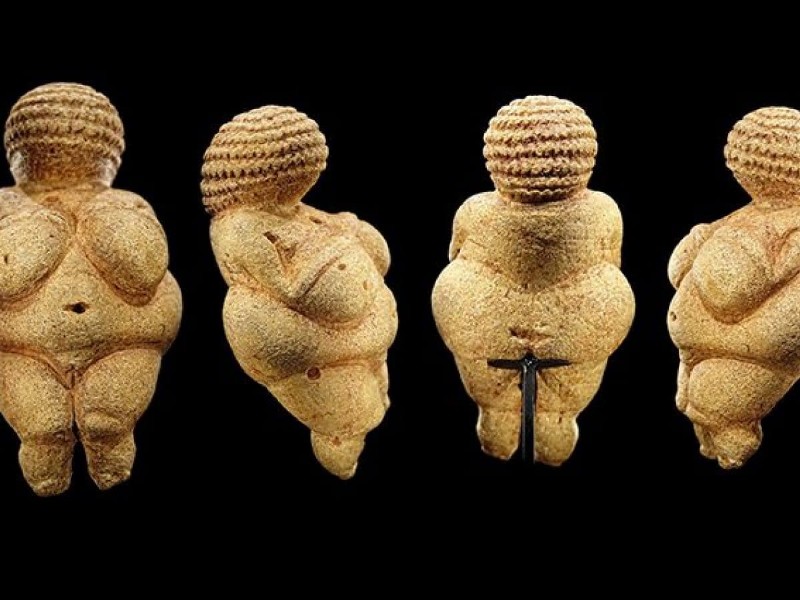The statuette of the Venus of Willendorf, with its 11 cm, is one of the most important examples of ancient art in Europe (23,000-19,000 BC) .
The particularity of the work is not only in its form but also in its composition, since it is made up of a rock called oolite which is not present in the area of its discovery nor in the surroundings of the Austrian city.
The figurine, found in 1908 near Willendorf in der Wachau, a hamlet of only 180 inhabitants in the Austrian municipality of Aggsbach, is currently exhibited in the Natural History Museum in Vienna and until now had only been examined from the outside.
For this reason, a research team led by the anthropologist Gerhard Weber of the University of Vienna, by two geologists Alexander Lukeneder and Mathias Harzhauser, and by the prehistoric expert Walpurga Antl-Weiser of the Natural History Museum of Vienna , has concentrated its investigations on the study of the material of which the Austrian Venus is composed.
Thanks to the help of images, obtained through high resolution tomography, they discovered that the rock from which it was carved probably comes from the northern Italy shedding new light on the remarkable mobility of early modern humans between the north and south of the Alps.
After several passes, the scientists obtained images with a resolution of up to 11.5 micrometers, such a quality high enough to be compared to microscopic vision alone, which made it possible to discover how the inside of the statue is not uniform at all.

In fact, the tomographic data of Venus showed how the sediments deposited in the rocks are of different densities and sizes, with the presence also of small remains of shells and much larger and dense grains of limonites, which explains the origin of the hemispherical cavities on the surface of the statue previously believed to be mysterious.
The research team then analyzed hundreds, sometimes even thousands, of tiny samples of the rock's components, and in no case were these present within a radius of 200 kilometers from Willendorf. instead showing an indistinguishable similarity with the samples from the areas surrounding the Lake Garda .
This is a very important discovery from the historical and archaeological point of view, as it means that Venus (or at least its material) made a journey from the south of the Alps up to Austria, a 730 km long route (carried out 30 thousand years ago) along the Adige, the Inn and the Danube.
The entire study was published on the pages of Scientific Reports .
